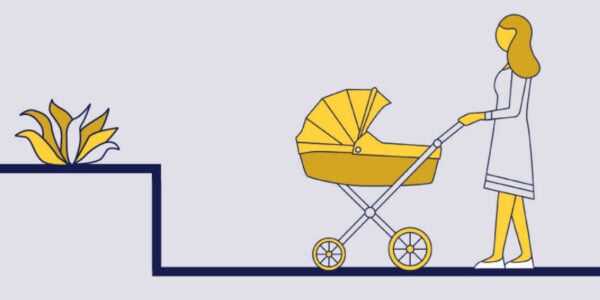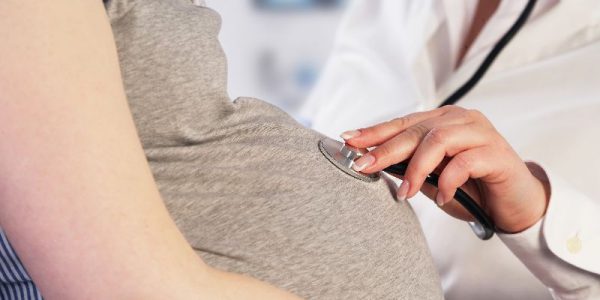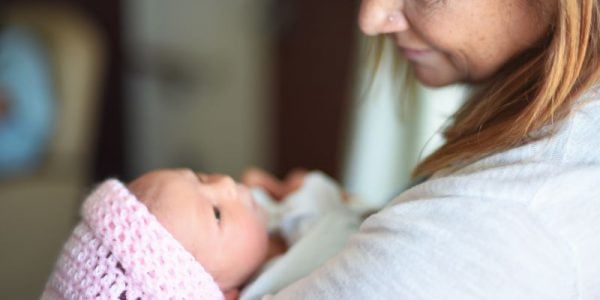About
The removal of a newborn baby from his or her mother at birth in response to safeguarding concerns is an emotionally charged and highly contentious issue.
The number of newborn babies in care proceedings in England and Wales has increased over the past decade (Broadhurst et al. 2018; Alrouh et al. 2020) and further national guidance is needed to address many unresolved ethical and practical dilemmas that arise when the state intervenes at birth.
This summary highlights the key findings from a study exploring compulsory intervention at birth from the perspectives of parents as well as professionals in children’s social care, health services and the courts (Mason et al. 2022a):
• pre-birth –referral, assessment and support
• maternity setting – in the maternity ward and at first court hearing
• following the return home – support given to parents as they leave hospital and return home, without the baby, and often alone.
The findings form the basis for constructing local area action plans to address the identified system-level challenges and for developing and piloting practice guidelines designed to introduce more sensitive and humane practice when the state intervenes at birth.





